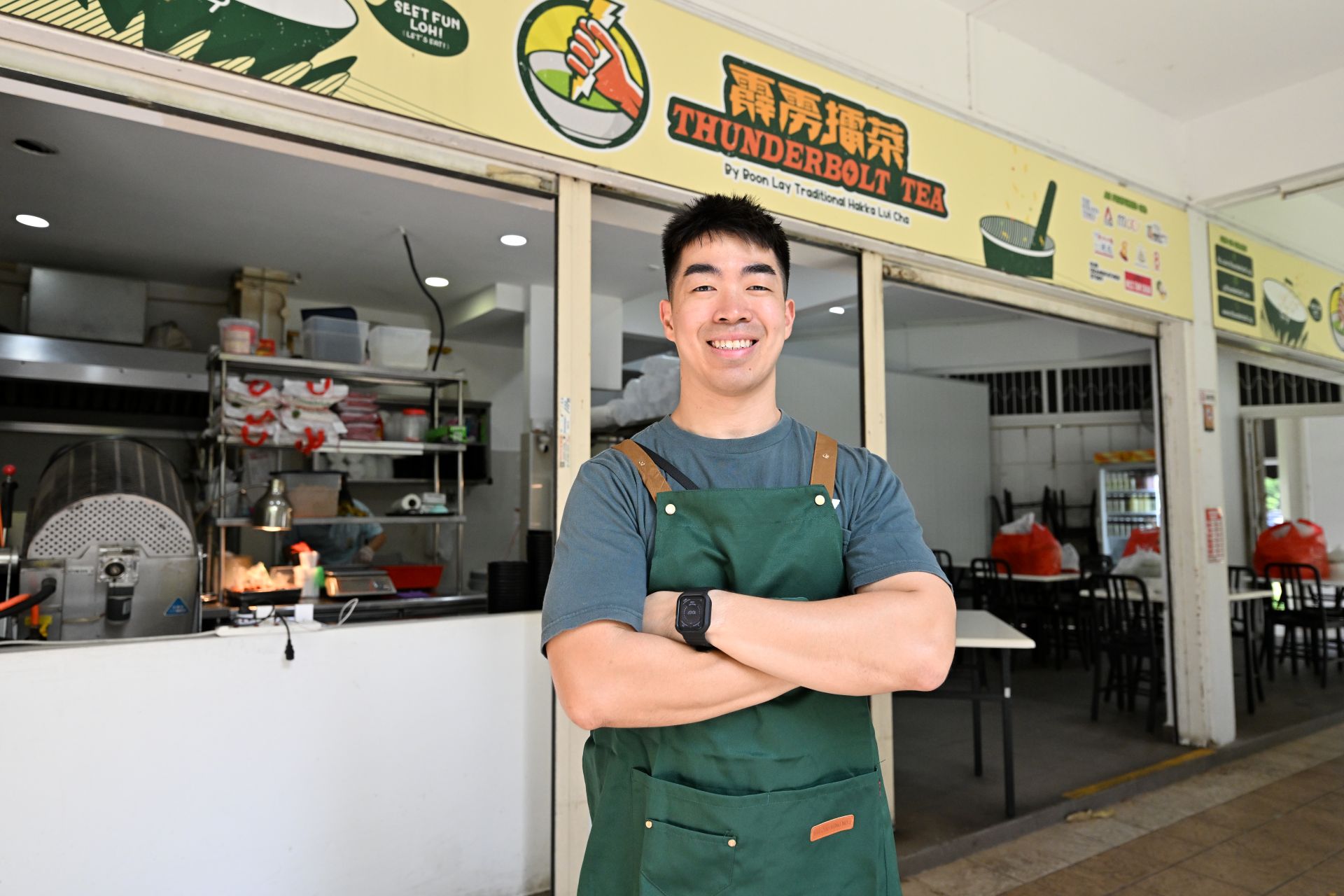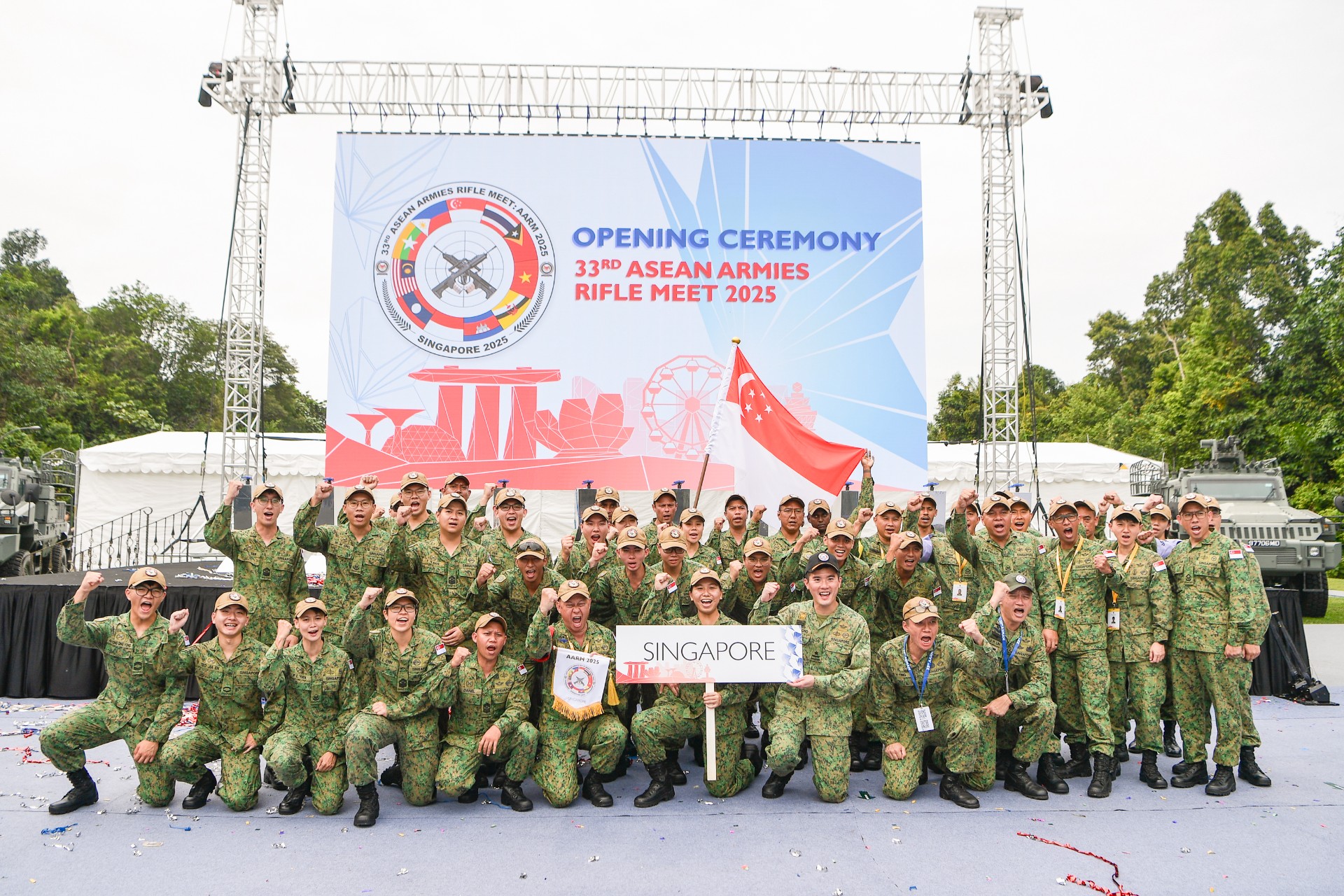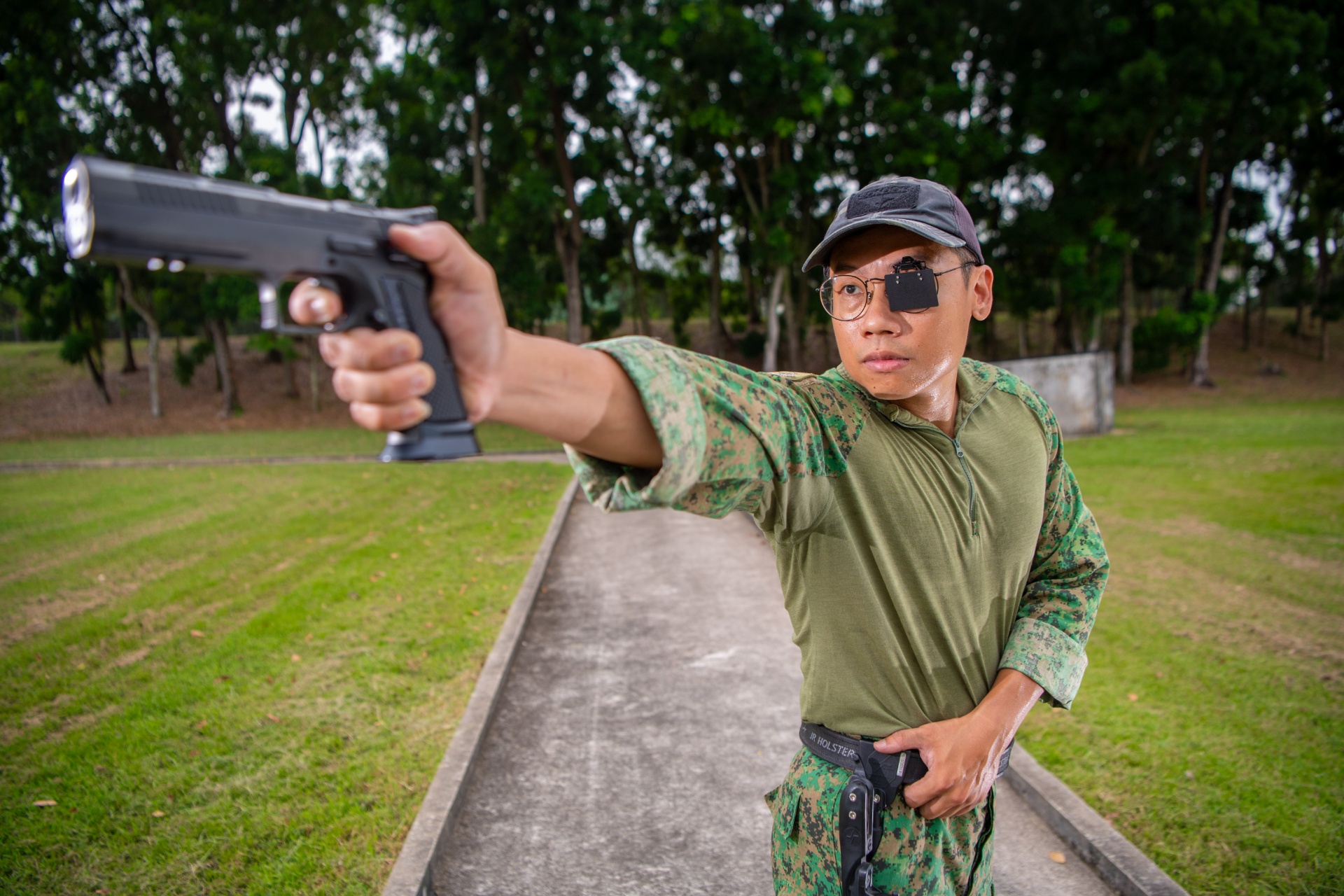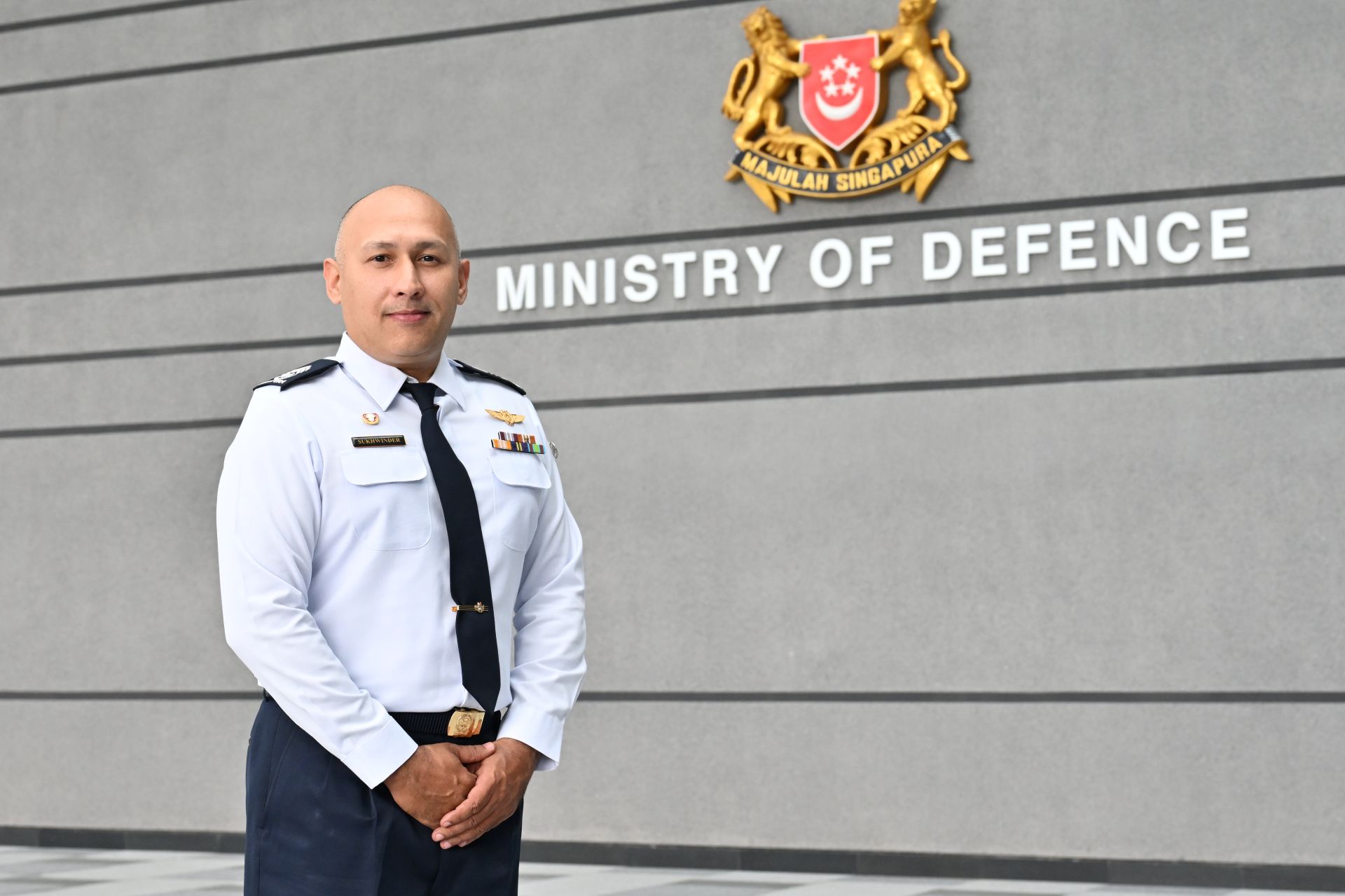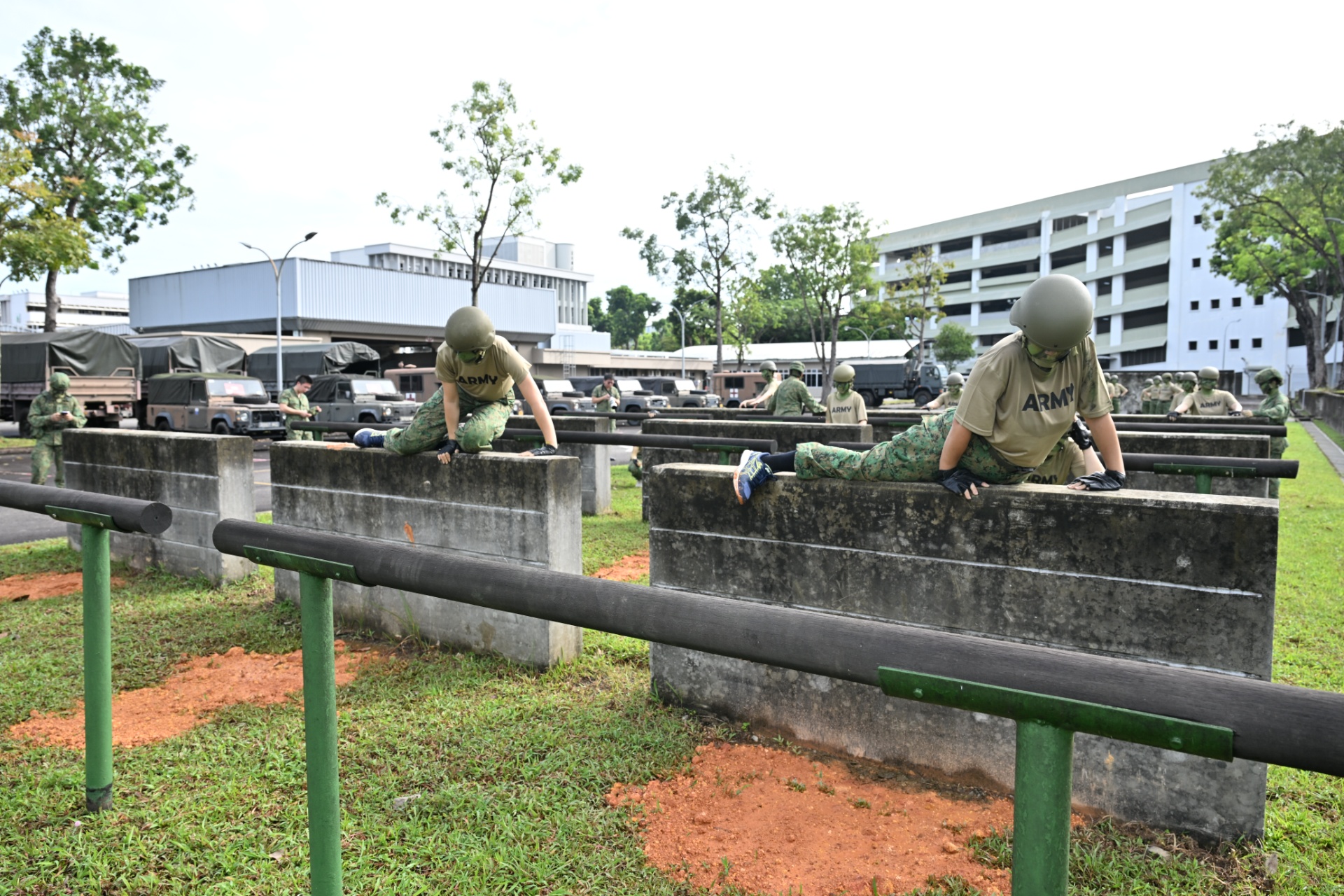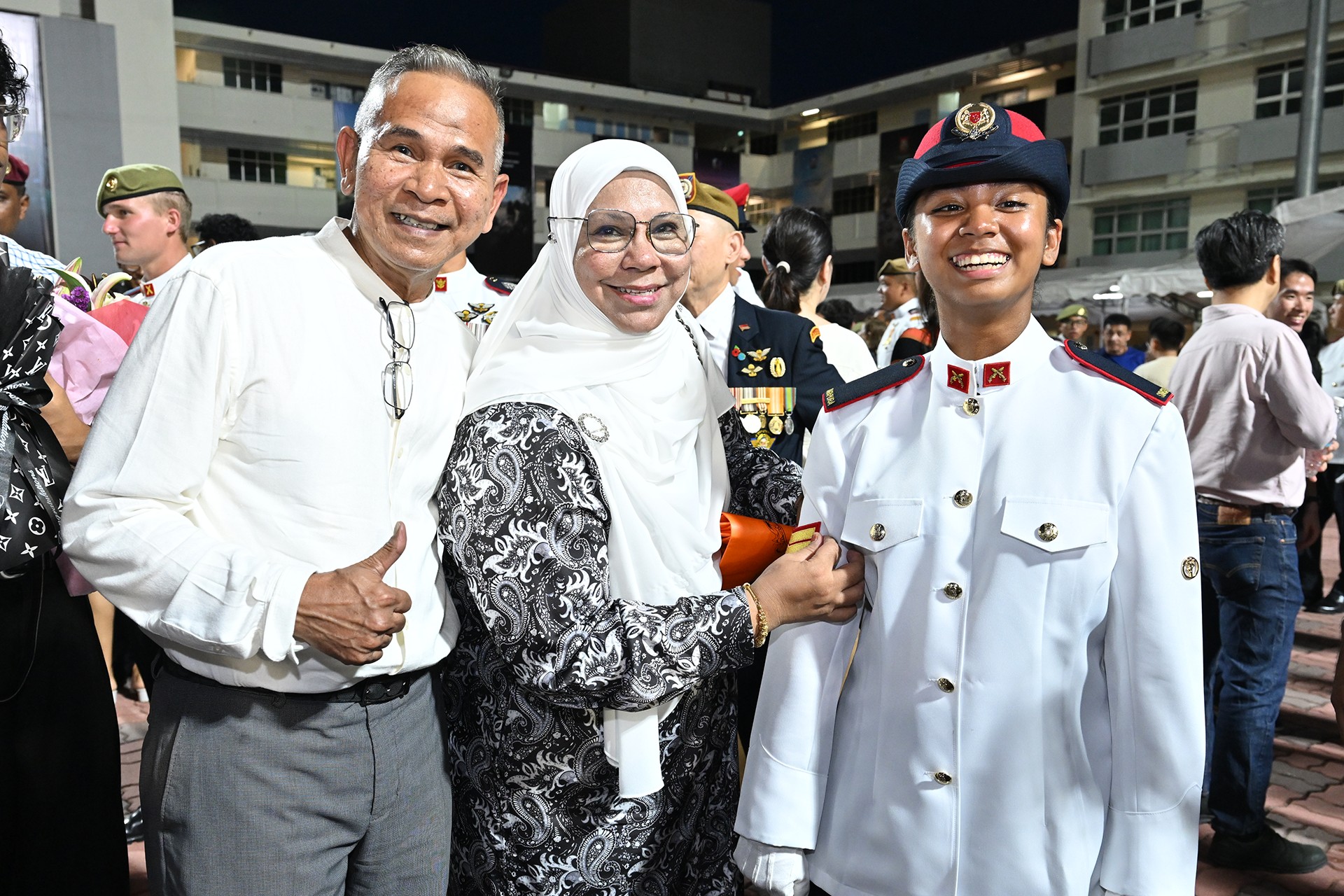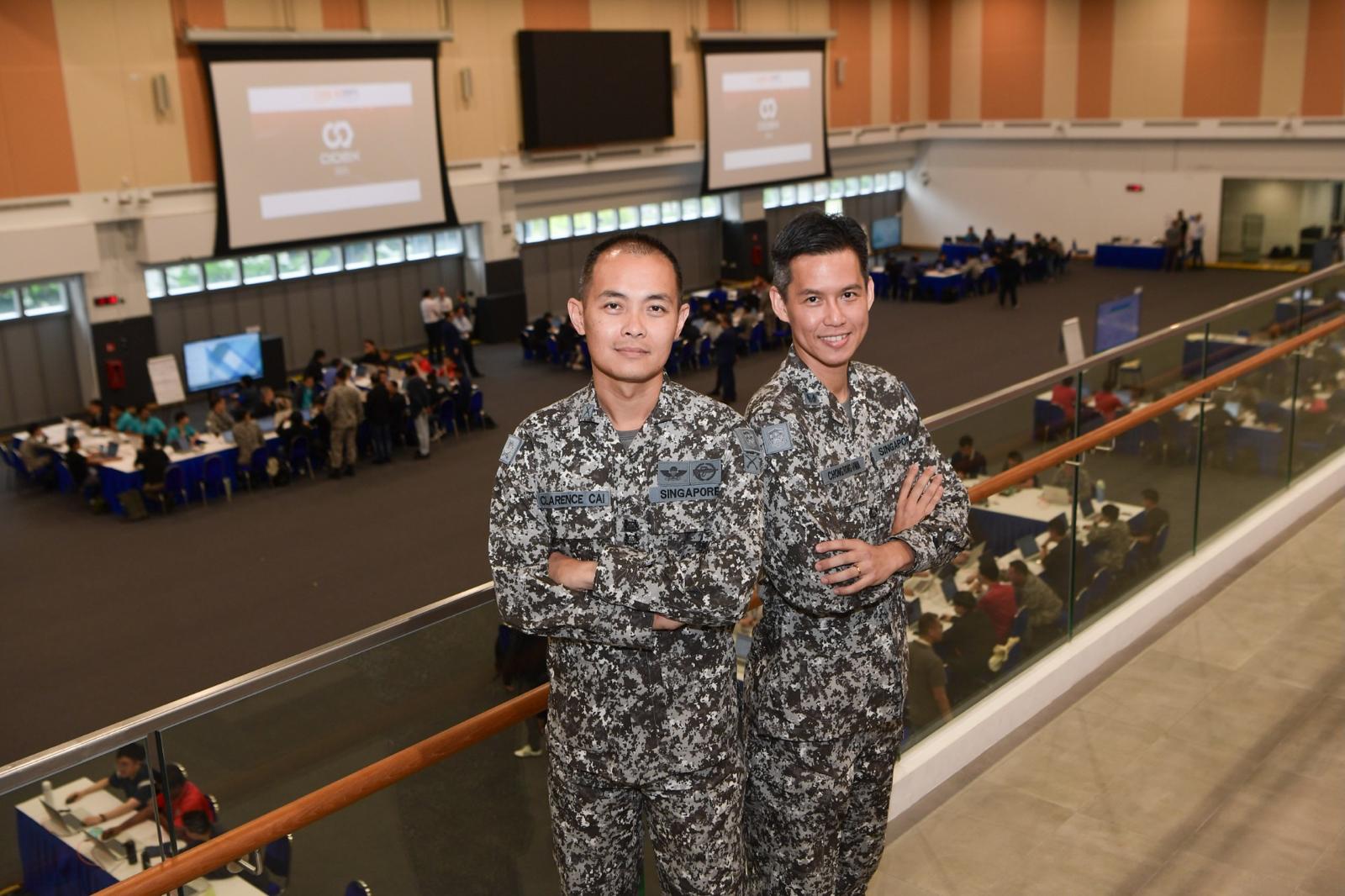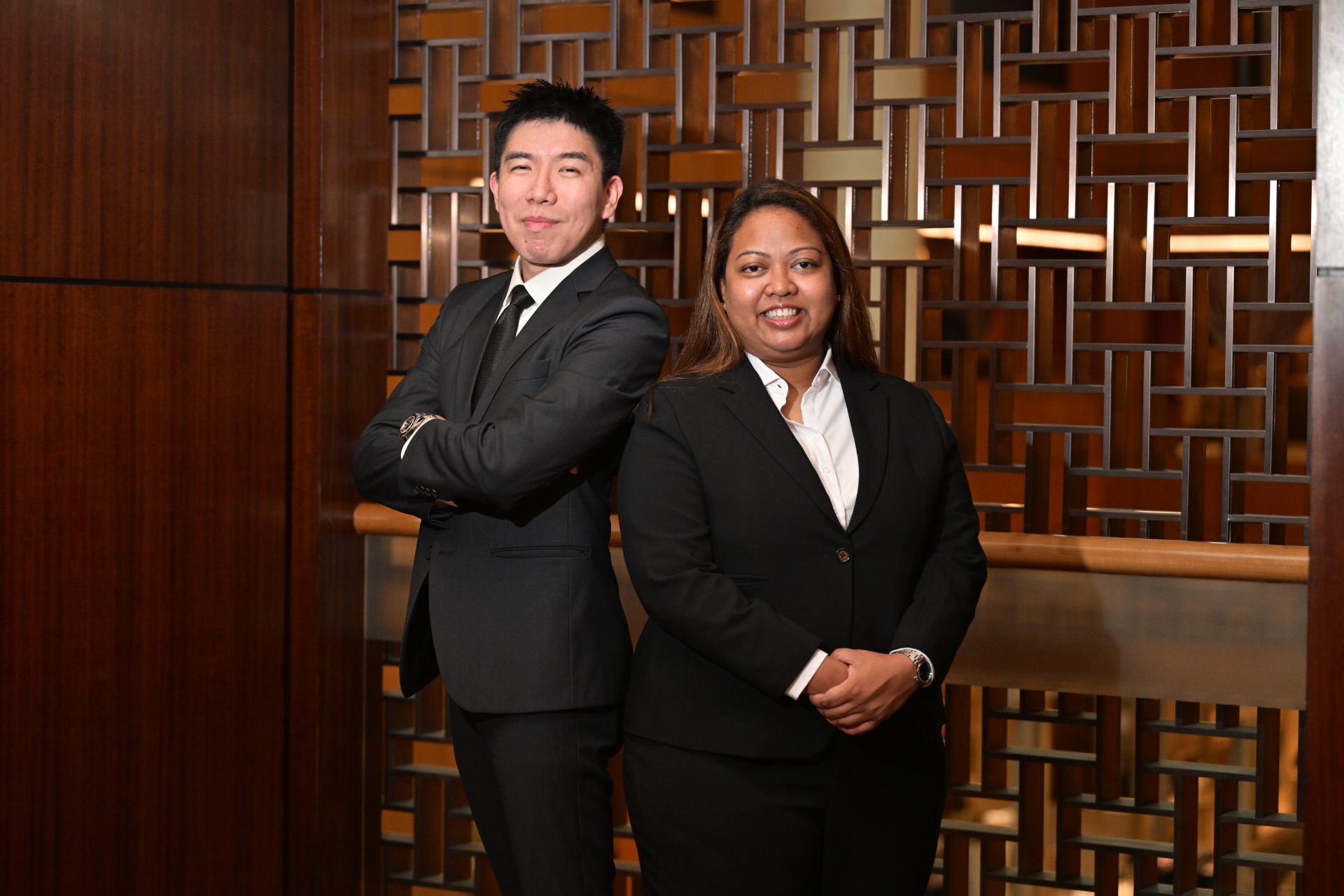NATIONAL AGENCIES TACKLE TERROR THREATS IN MARITIME EXERCISE
A next-generation sense-making system, that helps to detect potential maritime threats faster, was unveiled at Exercise Highcrest 2021.//Story by KOH ENG BENG //Photos by CHUA SOON LYE AND CHAI SIAN LIANG
A group of terrorists had quietly hijacked a vessel, and planned to crash it into a key installation along the coast of Singapore. But they found themselves surrounded by a warship and vessels from the Republic of Singapore Navy (RSN) and Police Coast Guard (PCG), and were taken down in no time by assault troops from the Special Operations Task Force (SOTF).
This was what went down at this year's Exercise Highcrest, which put the Singapore Maritime Crisis Centre (SMCC) to the test. The SMCC coordinates and manages the whole-of-government response to such maritime security threats.
Held from 8 to 12 Nov, the exercise involved more than 450 participants from agencies such as the RSN, PCG, and Maritime and Port Authority of Singapore (MPA).
Senior Minister and Coordinating Minister for National Security Teo Chee Hean visited RSS Singapura – Changi Naval Base to observe the exercise finale on 12 Nov.
He saw how the various agencies coordinated with one another to secure the area of operations, lock down sea traffic in the vicinity, and neutralise the simulated terror threats on board the hijacked vessel.
Said Mr Teo: "We have to be ready for all kinds of different threats because we sit upon the key sea lanes of the world... We are (also) one of the busiest ports in the world, with more than 400 major ships calling into port every day. So it is important for us to continue to maintain a very high level security against maritime threats."
Mr Teo noted that the SMCC was formed a decade ago to bring the different maritime agencies together and, since then, each of these agencies has improved its capabilities and strengthened the coordination among the agencies.
"This centre has mounted real operations (and kept us safe all these years)," he said.
For example, during the 2018 Trump-Kim summit, the SMCC was involved in securing the waters near Sentosa island against possible seafront attacks.
More recently, in 2019, a chemical tanker calling on Singapore's port was flagged out by SMCC as a potential threat. Further checks uncovered that a crew aboard was found to be supportive of radical Islam on social media.
The discovery was disseminated to the RSN, PCG and Immigration & Checkpoints Authority. Personnel were deployed to conduct checks on board the tanker, and the crew was banned from disembarking.
Leveraging new technologies
With new, evolving terror threats, it is important for SMCC to continue to look at new ways of dealing with them, said Mr Teo.
To this end, the SMCC is finalising the development of its next-generation sense-making system that can detect potential threats faster.
The new system is linked to more data sources – several times more than that of the current, first generation system used by the SMCC. These sources include databases of national maritime security agencies as well as information gathered from stakeholders in the shipping industry.
Using artificial intelligence and data analytics, the system can make sense of large volumes of data in real-time to automatically flag out potential threats with few tell-tale signs. A simple example of a tell-tale sign would be a merchant ship taking a detour, instead of taking its usual route.
This new system cuts the threat evaluation time by 10 times, enabling the SMCC to cue faster responses, said Colonel Desmond Low, Director of National Maritime Sensemaking Group in SMCC.
"Previously, we needed about an hour just to investigate one of the sources. But now it takes mere minutes, because the data is coming in automatically, it's processed in real-time, and results are available at the click of a button," he explained.
The system is jointly developed with the Defence Science and Technology Agency (DSTA) and DSO National Laboratories. Development started in late 2016, and the SMCC has been trialling the system since 2017. It is expected to be fully operational next year.
When fully deployed, the system will also serve as a common platform for information-sharing and operational coordination among the national maritime security agencies.
Said Superintendent Kanthan Prakash, 45, Deputy Director, National Maritime Operations Group in SMCC: "Timely information-sharing is critical in getting our operational responses from the respective maritime security agencies to prevent an incident from happening. Should it happen, we are ready to respond to it decisively."

